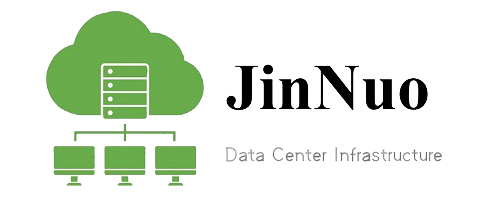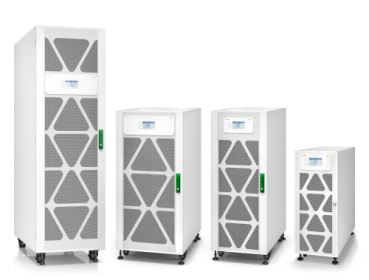space-saving
At present, most small and medium-sized data centers are built between buildings with high land value, and high density has always been a common pursuit for IT equipment, such as blade servers. UPS with higher power density and smaller size can save users more space, which means that for enterprises providing rental services, more racks can be deployed for leasing; On the other hand, the integration of infrastructure architecture has become one of the trends in the development of data centers, and higher power density UPS will be more convenient for integrated deployment with IT equipment such as services and storage. Currently, mainstream manufacturers have launched such integrated products.
Save electricity costs
The high cost of electricity also makes users prefer high-efficiency UPS, because high-efficiency UPS not only has lower losses, but also reduces energy consumption in cooling. It should be pointed out that although most manufacturers claim to provide efficient UPS, the impact of load factor still needs to be considered.
In addition, due to the extensive use of PFC correction circuits, the input power factor of current mainstream servers has generally exceeded 0.9. This requires that the UPS powering it should also be able to provide an output power factor of 0.9 or even higher, otherwise in order to match these servers, users will have to purchase more UPS
Intelligent and easier to manage
Almost all UPS manufacturers claim to provide intelligent devices. But currently, intelligence is mainly focused on the technical level of UPS itself or network management. In the face of the endless new concepts and new products emerging in IT and CT industries, especially the intelligence of the intelligent terminal and wearable device UPS industry, which have emerged with the mobile Internet in recent years, is obviously also facing challenges. UPS manufacturers can start from the following aspects.
Refined energy consumption management: Through sensors, the internal physical ecosystem of the data center (power supply and distribution system, temperature control system, IT equipment, etc.) and the external natural ecosystem of the data center (power grid information, meteorological information, user usage information, etc.) can be easily obtained, achieving self optimization and watt level energy consumption management of the entire data center.
Information processing and value mining: By analyzing the collected information data, it will depict an overall electricity consumption map of the data center for users. Customers can quickly query relevant information, such as the most power consuming servers and electricity consumption cycle patterns, and further explore the value of this information.
The application of IoT technology: Network management apps, mobile operation and maintenance, and automated maintenance will gradually replace traditional operation and maintenance methods. In addition to the daily management of data centers, the application of IoT technology will also bring about a change in device maintenance methods. Such as equipment life prediction, fault prevention, fault handling, etc.
In summary, from the perspective of future data center requirements, the optimal UPS system should have the characteristics of rapid deployment and scalability, simplicity and ease of use, high availability, high efficiency, high density, and intelligence.


